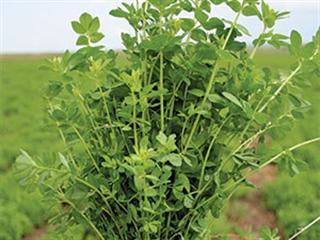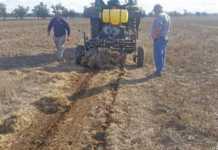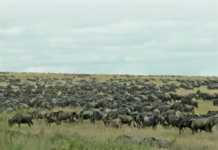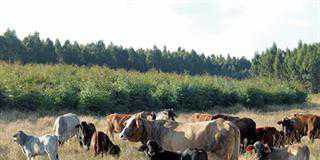
Last week a very distressed biological farming consultant phoned me to tell me about a scathing article on the Albrecht system of soil mineral balancing written by a leading fertiliser company’s senior agronomist, who wants the Albrecht system banned in South Africa! To understand the folly of this, think about soccer and rugby.
Both are played on fields that have lines demarcating important areas. Both use balls and have the same objective of moving the ball to cross the opposing team’s goal line. And both have referees who see to it that the players abide by the respective rules. These are, of course, different. If a soccer referee, who knows nothing about rugby, starts criticising a rugby referee for allowing his players to carry the ball in their hands, we would ridicule him.
In the same way, academic and Albrecht soil sciences are two totally different soil fertility ‘games’ – and scientists who malign Prof William Albrecht’s approach invariably base their criticisms on their own set of rules. I’ll never forget the day a professor of soil science tore a strip off me for advising one of my clients to apply lime to a soil that had a pH (water) of 7,9.
His set of soil fertility rules forbade the use of lime on alkaline soils. To him it was sheer madness, like someone telling a soccer player to pick up the ball and run with it.
However, the Albrecht rules advocate liming alkaline soils in cases where the soil calcium levels are below par. Fortunately, my client followed my advice – and his maize yield was at least 50% higher than the best yield he’d ever achieved on that land. Moreover, the improvement in soil productivity was carried forward into the years that followed. The rules of academic soil science dictate that lime must be applied to neutralise soil acidity. The sort of lime used is of little importance. Both calcitic (lime rich in calcium with little or no magnesium) and dolomitic (lime comprised of both calcium and magnesium) increase soil pH.
By contrast, the Albrecht rules dictate that lime must be applied to secure the ideal balance of calcium and magnesium in the soil, placing great emphasis on the type of lime, as well as the fineness of grind. For example, if you apply dolomitic lime to a soil that doesn’t need magnesium, you’re in danger of ending up with a soil with a poor water uptake and holding capacity, which restricts gas exchange with the atmosphere. I have no doubt that many readers of this column will have experienced the soil-softening effect that liming with the correct amount and type of lime has brought about.
Heavy application
Finally, I want to share with my readers an experience I recently had with a client who planted an irrigated perennial multi-species pasture on a heavy, black, clay soil. A soil sample taken two years ago revealed that the soil only had 54% of the desired calcium level. Worse still, the magnesium level was 365% greater than the desired level (Albrecht norms). The pH (water) of the soil was 6,4, which is very close to the ideal.
I very much doubt that any academic soil scientist would recommend lime for this soil. Yet Albrecht calls for a heavy application of calcitic lime plus gypsum. I must also point out that the soil report revealed more than adequate levels of phosphorus, potassium, iron, manganese, zinc and copper.However, my client felt the soil was fertile enough and decided not to apply the recommended lime. He thus chose to go the academic soil science route.
Serious deficiency
I visited the farm recently and was shocked to see how poorly the bird’s-foot trefoil (Lotus corniculatus) component of the pasture mix was growing. It had the classic symptoms of a serious calcium deficiency, and the plants were obviously not productive. Their leaves had an assegai-like shape, being narrow with sharp points. A forage sample showed the calcium content of the bird’s-foot plants was only 30% of the desired level. This is a classic example of how the academic soil fertility paradigm of liming only to correct soil pH can fail to produce a healthy legume.
John Fair is a leading expert on pastures. He heads up Fair’s Biofarm Assist, and can be contacted on 058 622 3585 or [email protected].













